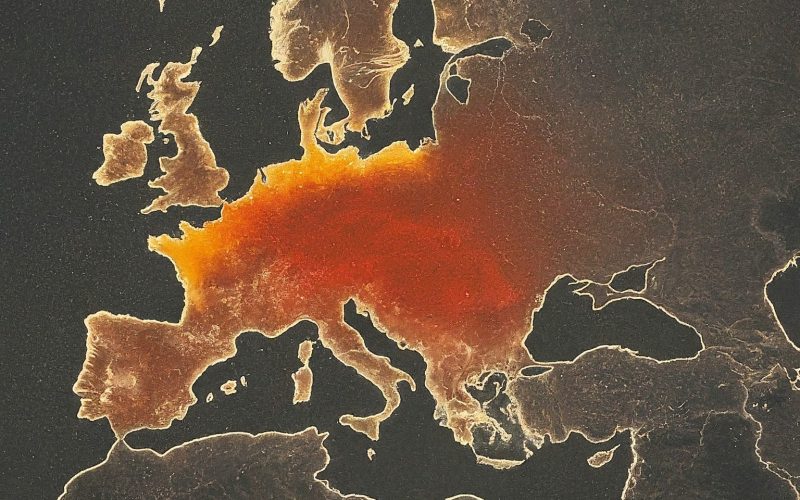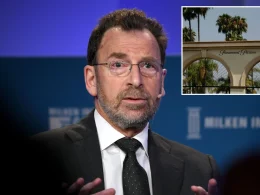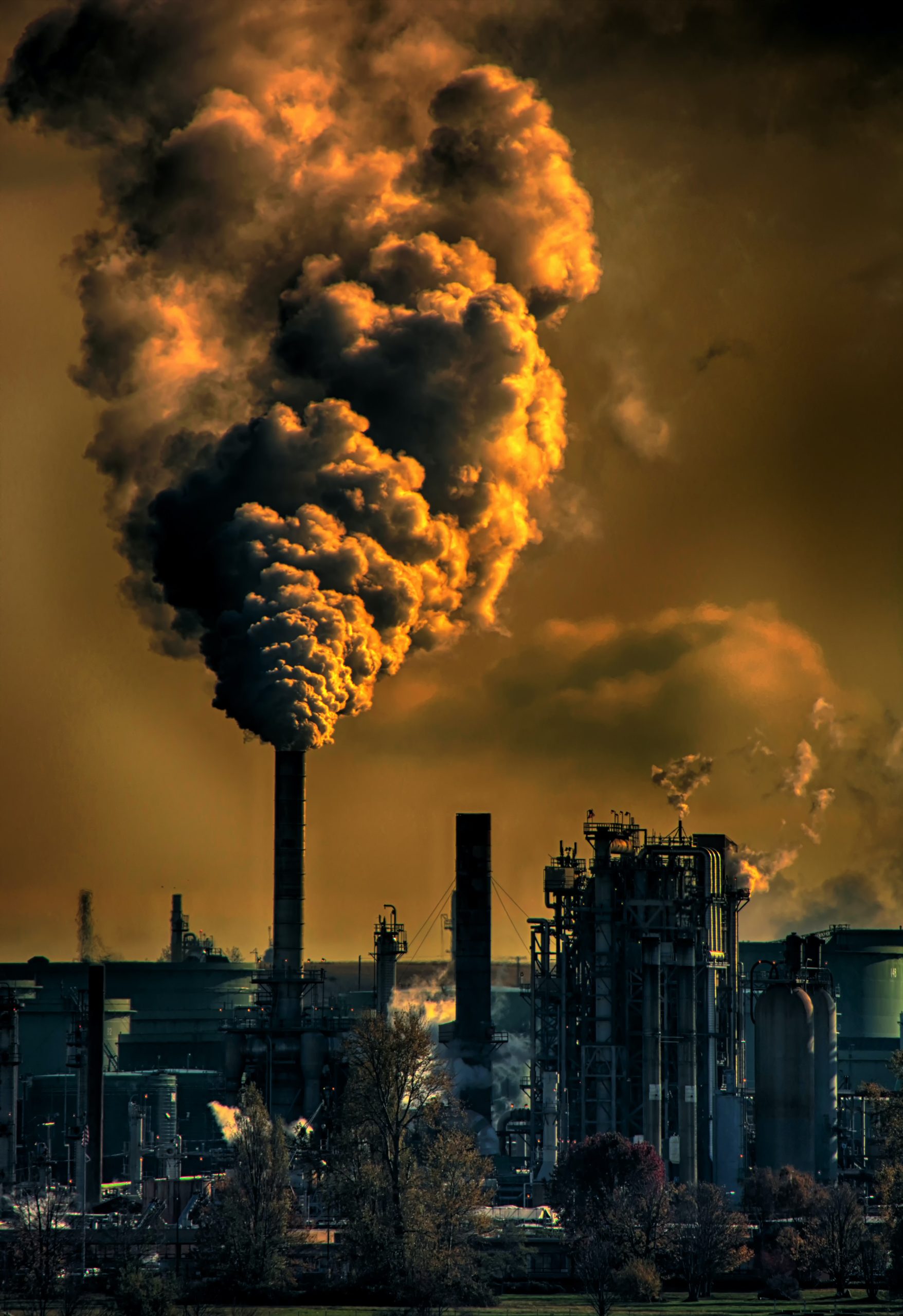Introducing Emily Jones:
Emily Jones is a passionate climate scientist with a background in environmental journalism. Witnessing the devastating effects of climate change firsthand has fueled her dedication to raising public awareness and advocating for sustainable solutions. Through her insightful articles, Emily strives to bridge the gap between science and everyday life, empowering readers to take action towards a healthier planet.
Burning Questions, Scorching Reality
Europe is sweltering. Record-breaking temperatures are fueling devastating wildfires, crippling infrastructure, and claiming lives. This “Burning Summer” isn’t just a catchy headline; it’s a stark wake-up call highlighting the accelerating climate crisis and its immediate consequences.
This article delves into the causes and effects of Europe’s scorching summer, aiming to inform and empower the general public, concerned Europeans, and policymakers alike. We’ll explore the science behind rising temperatures, analyze the impacts on human health and ecosystems, and discuss potential mitigation and adaptation strategies for a more resilient future.
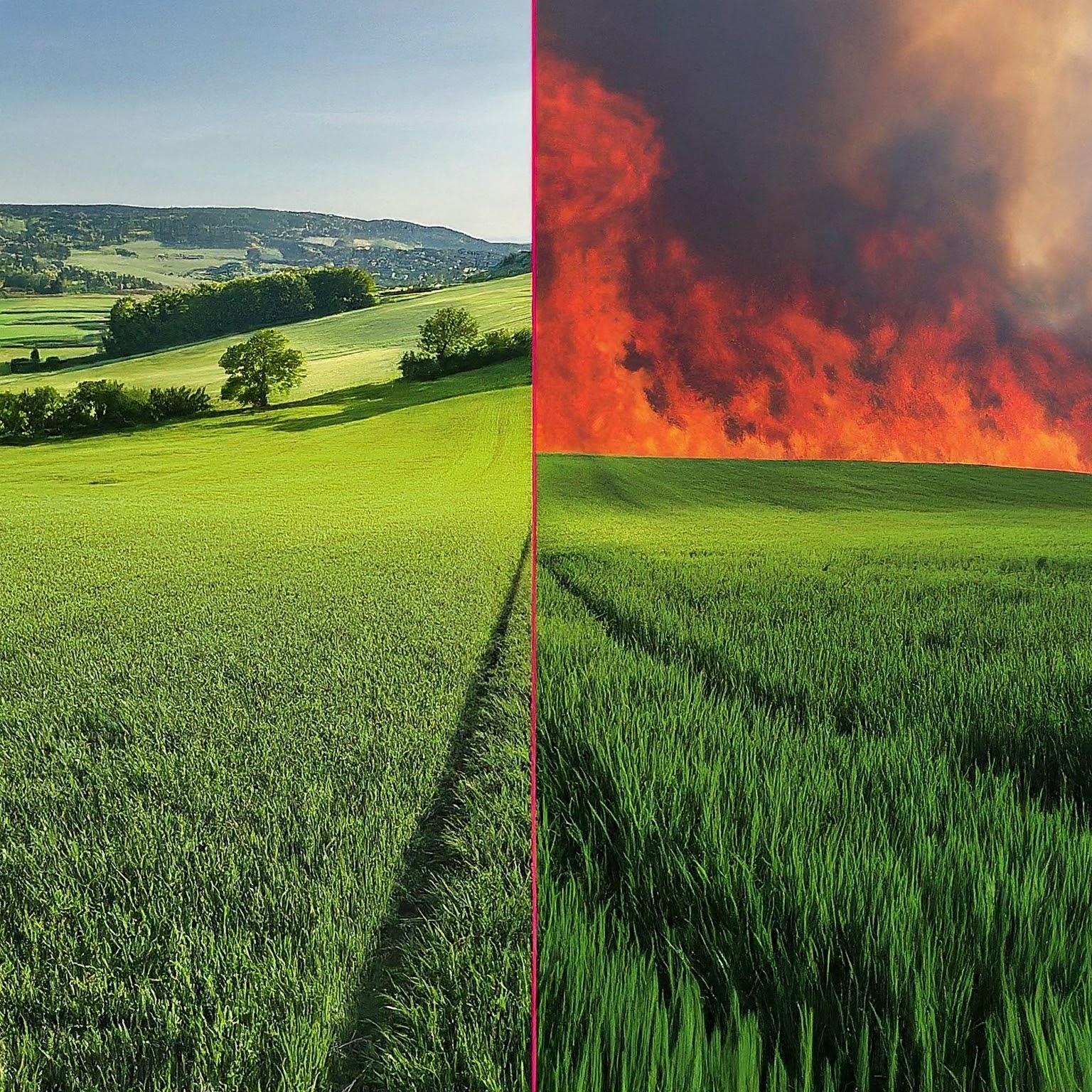
Why is Europe Burning?
Several factors contribute to Europe’s extreme heat:
-
Global Warming: The Earth’s average temperature is rising, and Europe is warming faster than most regions. This trend increases the likelihood of heatwaves and intensifies existing weather patterns.
-
Reduced Arctic Sea Ice: Melting Arctic sea ice alters atmospheric circulation patterns, potentially pushing hotter air masses towards Europe.
-
Land Use Change: Deforestation and urbanization reduce natural cooling mechanisms, amplifying the heat island effect in cities.
Table 1: Key Drivers of Europe’s Burning Summer
| Factor | Description | Impact |
|---|---|---|
| Global Warming | Rising average global temperature | Increased heatwaves, droughts, and wildfires |
| Reduced Arctic Sea Ice | Disruption of atmospheric circulation patterns | Potential for hotter air masses over Europe |
| Land Use Change | Deforestation and urbanization | Intensified heat island effect in cities |
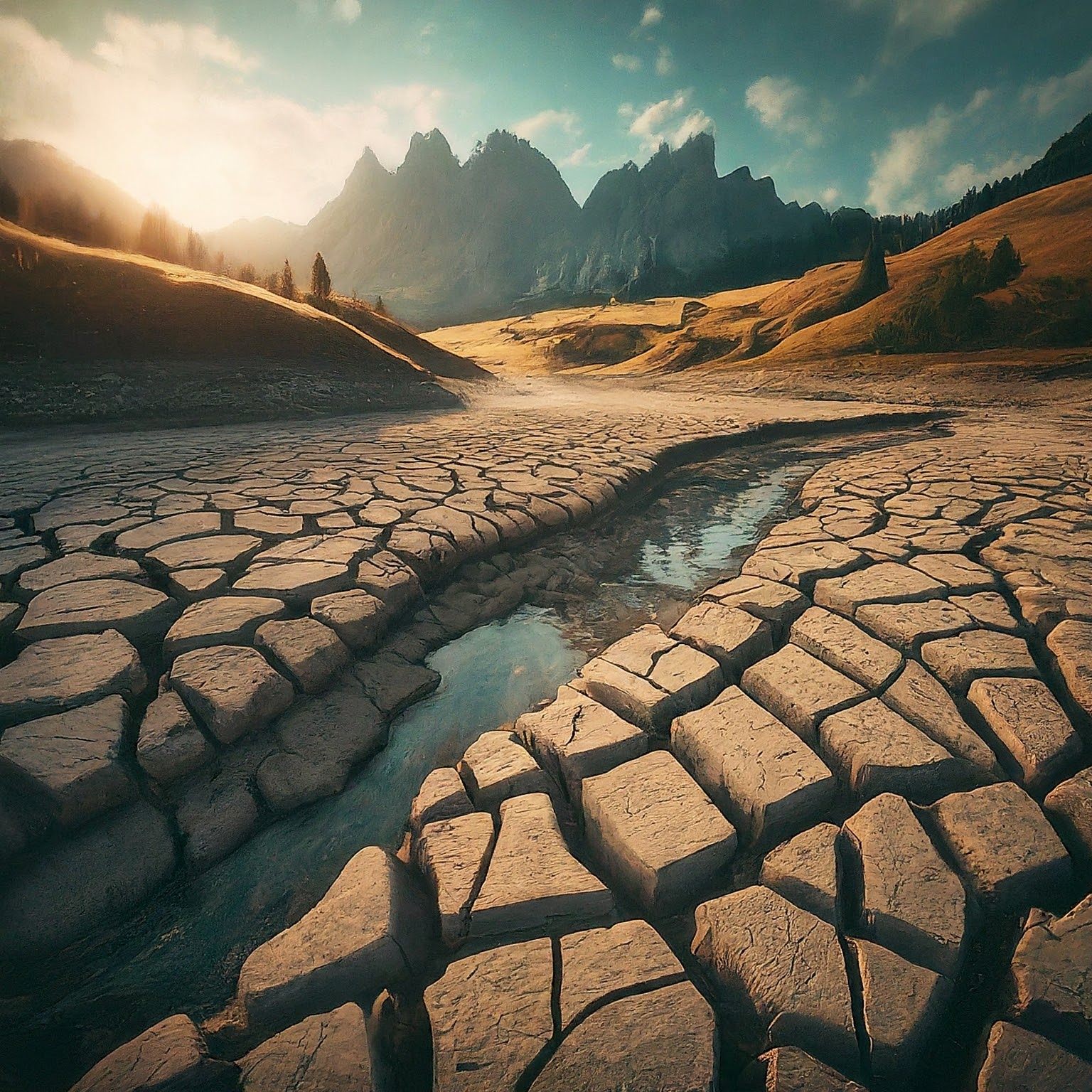
The Burning Consequences
The scorching summer isn’t just an inconvenience; it’s a threat to life, property, and ecosystems. Here’s a glimpse into the consequences:
-
Public Health Risks: Heatstroke, dehydration, and respiratory problems escalate due to extreme temperatures.
-
Wildfire Devastation: Unprecedented wildfires rage across Europe, destroying homes, businesses, and natural habitats.
-
Economic Disruptions: Infrastructure damage, agricultural losses, and tourism decline inflict significant economic harm.
-
Ecological Damage: Heatwaves and wildfires disrupt ecosystems, harming biodiversity and ecosystem services.
A Burning Urgency: The Need for Action
The “Burning Summer” serves as a stark reminder of the urgency for climate action. We need a two-pronged approach:
-
Mitigation: Reducing greenhouse gas emissions through clean energy transitions, sustainable practices, and carbon capture technologies.
-
Adaptation: Implementing strategies to prepare for and adapt to the changing climate, including heatwave response plans, resilient infrastructure development, and ecosystem restoration.
Table 2: Climate Action Strategies – Mitigation vs. Adaptation
| Strategy | Focus | Objective |
|---|---|---|
| Mitigation | Reduce Greenhouse Gas Emissions | Limit future warming and extreme weather events |
| Adaptation | Prepare for Climate Change Impacts | Build resilience to protect lives, property, and ecosystems |

A Brighter Future for a Warm(er) Europe
The future of Europe is not preordained. By acknowledging the reality of climate change and taking decisive action, we can build a more resilient future. This involves:
-
Individual Action: Reducing personal carbon footprints through energy-efficient choices, sustainable consumption, and advocacy for climate action.
-
Policy Changes: Implementing carbon pricing, investing in renewable energy, and supporting sustainable development initiatives.
-
International Cooperation: Collaboration at the global level is crucial for tackling the climate crisis effectively.
The “Burning Summer” is a wake-up call, an opportunity for transformation. Together, through collective action and informed choices, we can build a cooler, more sustainable future for Europe and beyond.
Taking Action:
Feeling overwhelmed by the enormity of the problem? Here are some practical steps you can take:
- Reduce your carbon footprint: Lower your energy consumption at home, embrace sustainable transportation options like cycling or public transit, and opt for energy-efficient appliances.
- Support climate-friendly businesses: Choose companies committed to sustainability by researching their environmental practices.
- Get involved in climate advocacy: Contact your local representatives, participate in climate marches or petitions, and raise awareness on social media.
- Educate yourself and others: Stay informed about climate change by reading credible sources and share your knowledge with friends and family.
Remember, every action, big or small, contributes to a collective effort. Together, we can build a more resilient future for Europe and inspire positive change on a global scale.
The “Burning Summer” may be a stark reminder of the challenges ahead, but it also ignites a spark of hope. By embracing informed action and fostering collaboration, we can transform this burning urgency into a catalyst for a brighter, more sustainable future.






